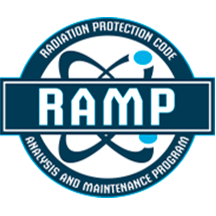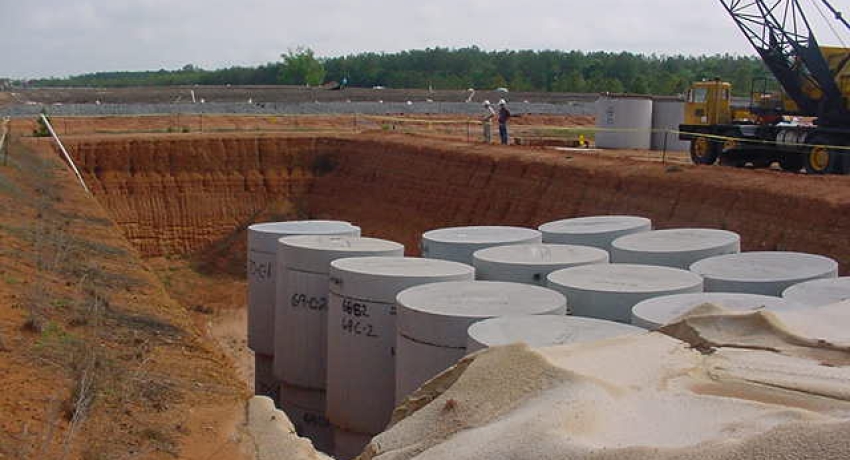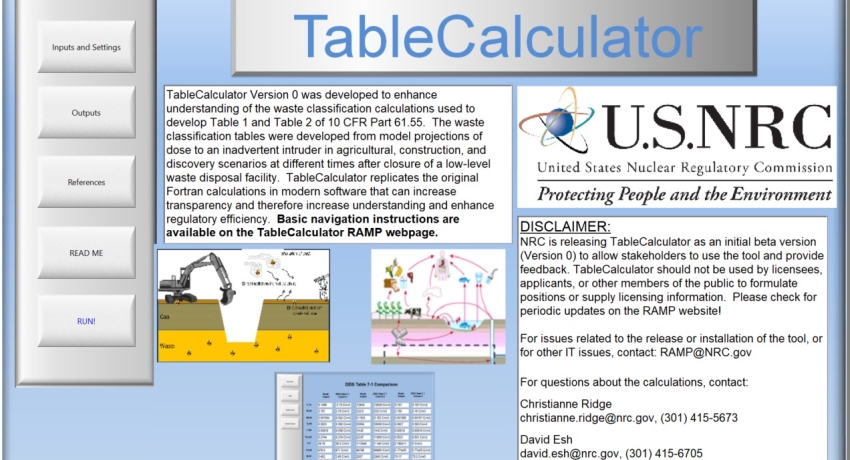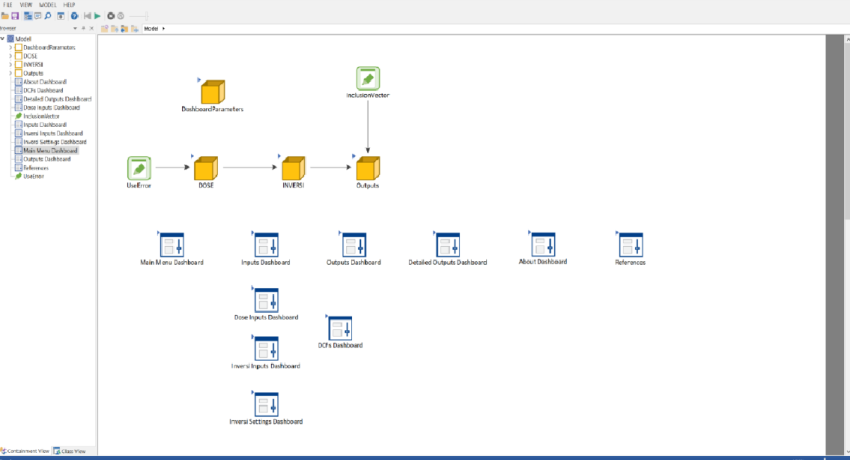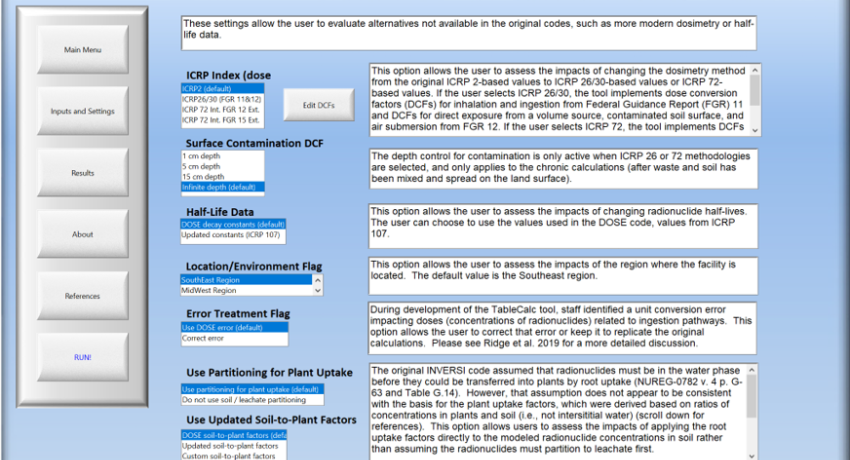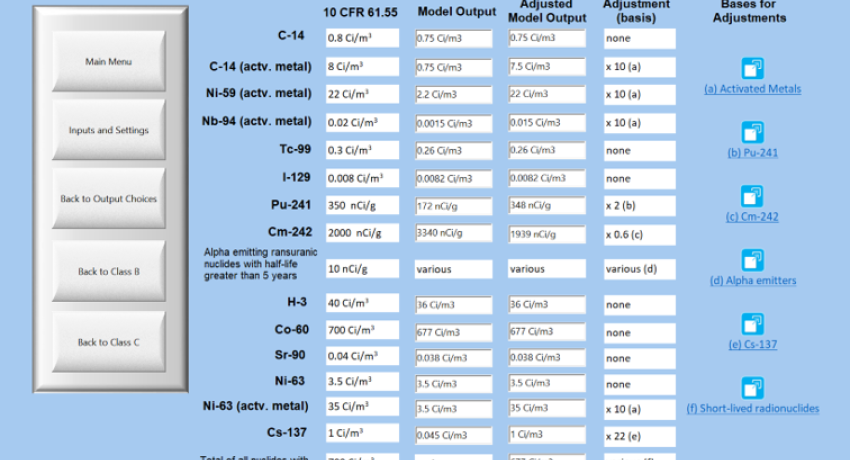Explore the Basis for the LLRW Classification Tables
TableCalculator
TableCalculator runs in the GoldSim Player, which is available without cost from the GoldSim Technology Group https://www.goldsim.com/Web/Customers/Downloads/Player/. Further details on the download page.
TableCalculator is a user-friendly tool to facilitate a more comprehensive understanding of the calculations used to develop the low-level radioactive waste (LLRW) classification tables. The tool allows users to trace the original calculations and observe the effects of changes in parameter values by running the original calculations with the original or updated data. For example, users may update dose conversion factors from the original International Commission on Radiological Protection (ICRP) Publication 2 based dose conversion factors (DCFs) to values based on ICRP 26 and 30 or ICRP 72. The tool also provides users access to intermediate results, such as individual exposure pathway contributions, that were not provided as outputs from the original code. In addition, the tool includes internal documentation for each equation and parameter value to improve traceability.
In the United States, classification of LLRW as Class A, B, C, or Greater-Than-Class C (GTCC) is based on radionuclide concentration limits provided in tables in Section 61.55 of Title 10 of the Code of Federal Regulations (CFR). During the development of 10 CFR Part 61 in the early 1980s, the NRC staff developed the LLRW classification tables based on model projections of dose to an inadvertent intruder in agricultural and construction scenarios at different times after closure of a hypothetical LLRW land disposal site. The staff performed the calculations with two deterministic Fortran codes, which are documented in NRC guidance documents published in the early 1980s. Although the equations and parameter values used in the codes are publicly available, no modern, user-friendly implementation of the codes had been developed by the NRC.
